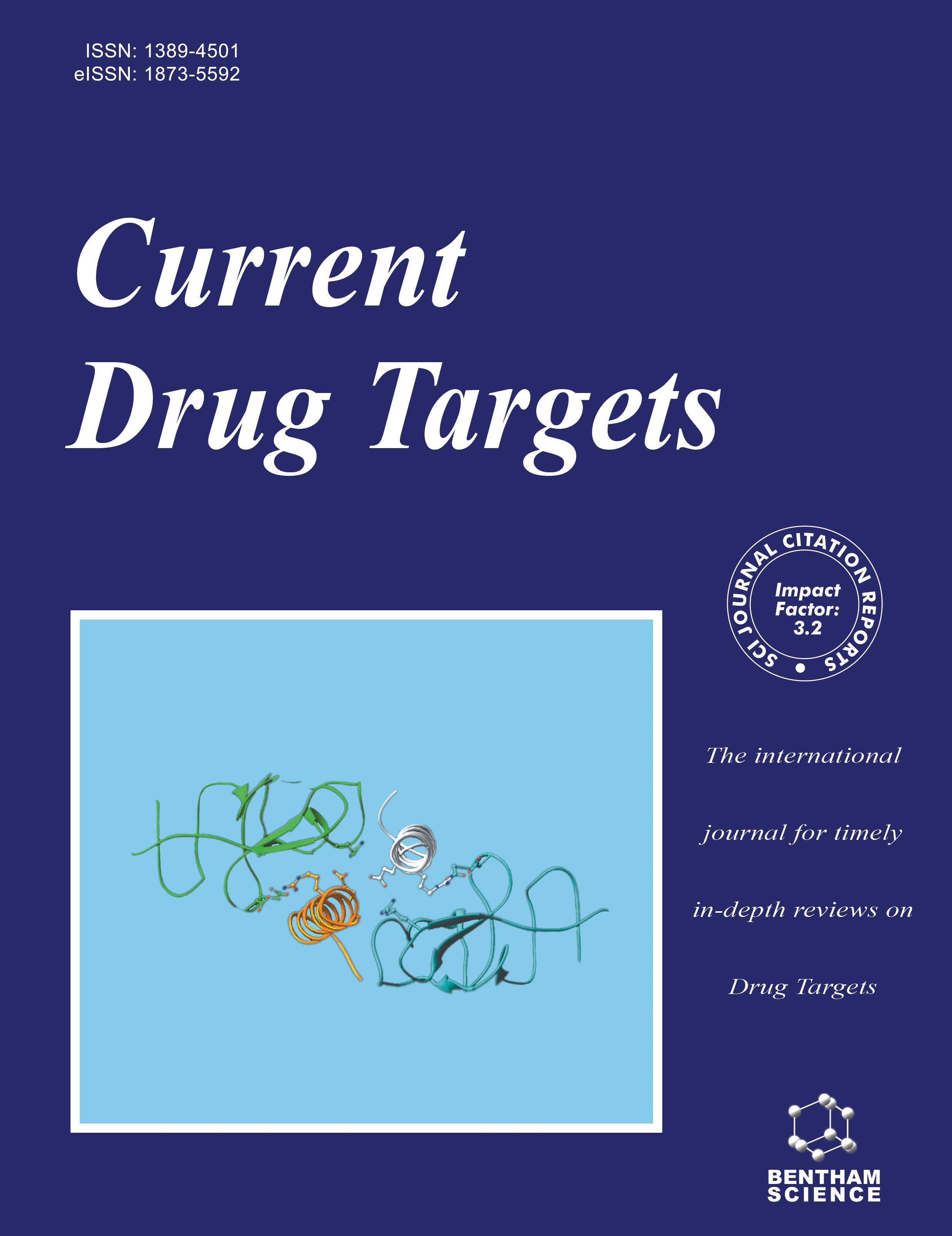
Full text loading...
We use cookies to track usage and preferences.I Understand
Diabetes is a metabolic disorder caused by high glucose levels, leading to serious threats such as diabetic neuropathy and cardiovascular diseases. One of the most reliable measures for controlling postprandial hyperglycemia is to reduce the glucose level by inhibiting enzymes in the digestive system, such as Alpha-Glucosidase and Alpha-Amylase. Here, we have investigated the use of inhibitors to inhibit carbohydrate metabolism in order to restrict glucose levels in diabetic patients. Acarbose, Voglibose, and Miglitol are three inhibitors approved by the FDA that efficiently inhibit these two enzymes and thereby minimising hyperglycemia but are also significantly helpful in reducing the risk of cardiovascular effects. We also provide insight into the other known inhibitors currently available in the market. The adverse effects associated with other inhibitors emphasise the demand for the latest in silico screening and in vitro validation in the development of potent inhibitors with greater efficacy and safety for the treatment of Type 2 diabetes. The recent findings suggest that Alpha-Glucosidase and Alpha-Amylase play a major role in carbohydrate metabolism and triggering the increase in glucose levels. This review provides the latest scientific literature findings related to these two enzymes as well as the role of primary and secondary inhibitors as potential candidates. Moreover, this review elaborates the framework on the mechanism of action, different plant sources of extraction of these enzymes, as well as kinetic assay of inhibitors and their interaction that can be used in future prospects to develop potential leads to combat Type 2 diabetes.

Article metrics loading...

Full text loading...
References


Data & Media loading...

